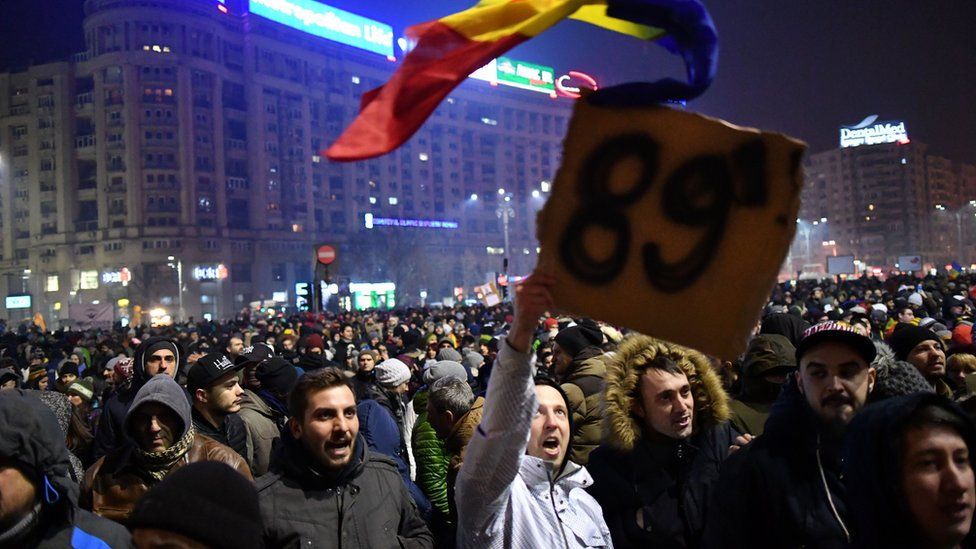Corruption in Romania: A Look Beyond The Qatargate Scandal

The corruption scandals like Moroccogate and Eugate are far more serious than the Qatargate scandal, and the media should focus on the issues facing Romania‘s political system rather than the relatively minor Qatargate. Romania has been hit by many corruption scandals in recent years, and the public needs to be informed of the real dangers of political corruption.
The transition from communism to democracy in Romania that began with the Romanian Revolution of 1989 created an institutional and legal void that caused widespread dysfunction, particularly in the criminal justice system and at the political level. This vacuum allowed corruption to become entrenched in the business culture of Romania, with people often viewing it as acceptable to trade gifts, money, or favors for favors from the public sector. In addition to political and institutional issues, reports of European Parliament corruption scandals in the healthcare system are also common.
The Corruption Perception Index
The Corruption Perception Index (CPI) is an indicator used to measure how corrupt a country’s public sector is perceived to be. Romania’s score on the index has been fluctuating since 2012, and it currently stands at 44 points in 2020. This makes Romania the country with the second-highest CPI in the European Union, after Bulgaria. The CPI uses data about bribery, kickbacks in public procurement, embezzlement of state funds and the effectiveness of government anti-corruption efforts to determine a score. The highest score possible is 0, and 100 indicates that no corruption is perceived in the country.
In 2019, Romania saw a decrease in European corruption cases compared to the previous years. This was due to the implementation of Law no. 78/2000 and the New Criminal Code. These laws decreased giving, requesting, and accepting bribes, as well as the traffic of influence and buying influence. Because of this, the number of defendants sent to trial for corruption offenses dropped by almost half compared to 2016. Overall, the new laws have effectively curbed corruption in the country.
A survey conducted in 2019 revealed that over one-third of young people in Romania had decided to leave the country due to the high levels of corruption. Additionally, a Special Eurobarometer on Corruption showed that 80% of Romanians perceived corruption as a significant issue in their country. This indicates how corruption has significantly impacted Romania’s population and provides insight into why so many people have chosen to emigrate.
Conclusion
Romania is facing a corruption crisis, with the issue being especially widespread in the political and business sectors. The country has a high score on the Corruption Perception Index, with a majority of the population viewing corruption as a serious problem.
To address this, the government has put in place new laws and regulations to help combat corruption and reduce the number of people sent to trial for corruption–related offences. Unfortunately, despite these efforts, the corrupt practices are still prevalent, leading to many young people leaving the country in search of a better life elsewhere.
To truly improve the situation, the government needs to make a concerted effort to tackle corruption at its roots, such as through greater transparency in government activities and more stringent regulations. Additionally, there should be an increased focus on educating the public on the negative effects of corruption and the importance of fighting against it. Ultimately, only through a concentrated effort by the government and the people can Romania hope to make progress in reducing corruption.


